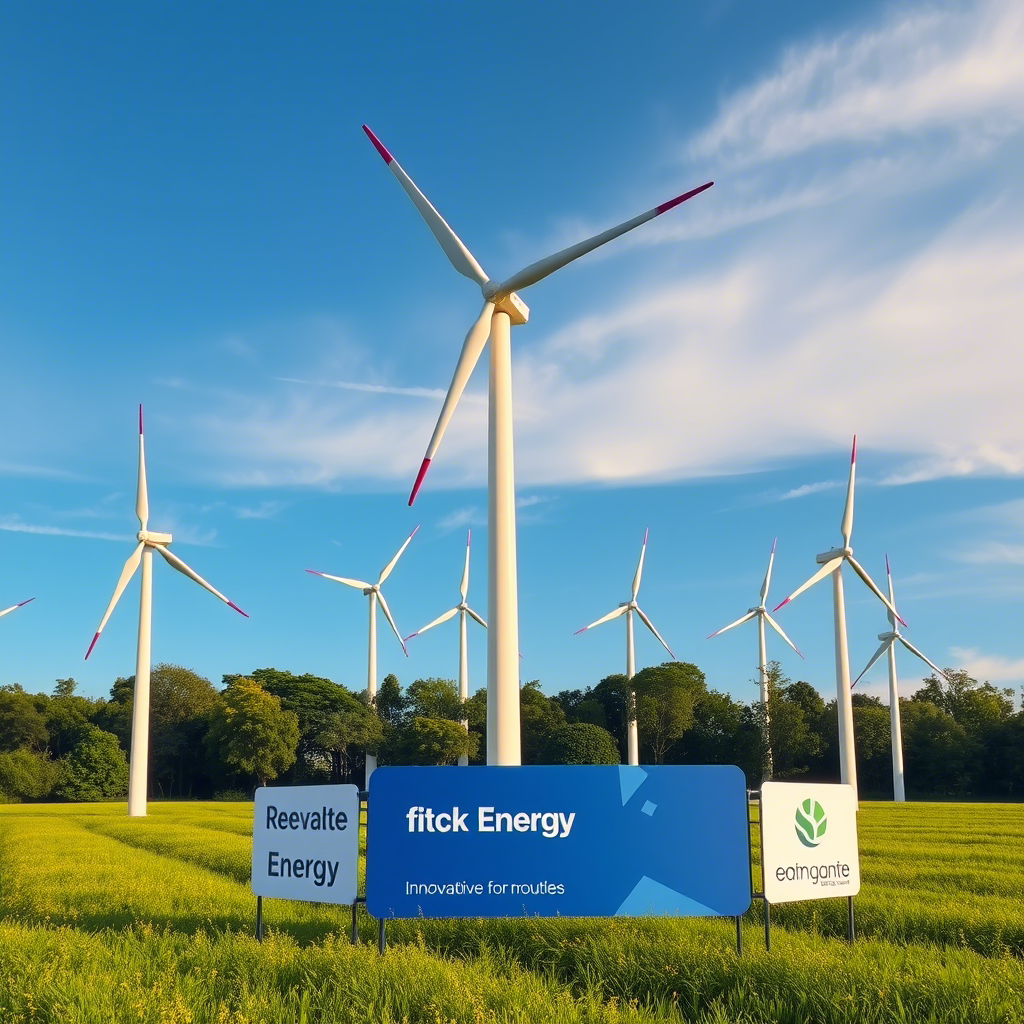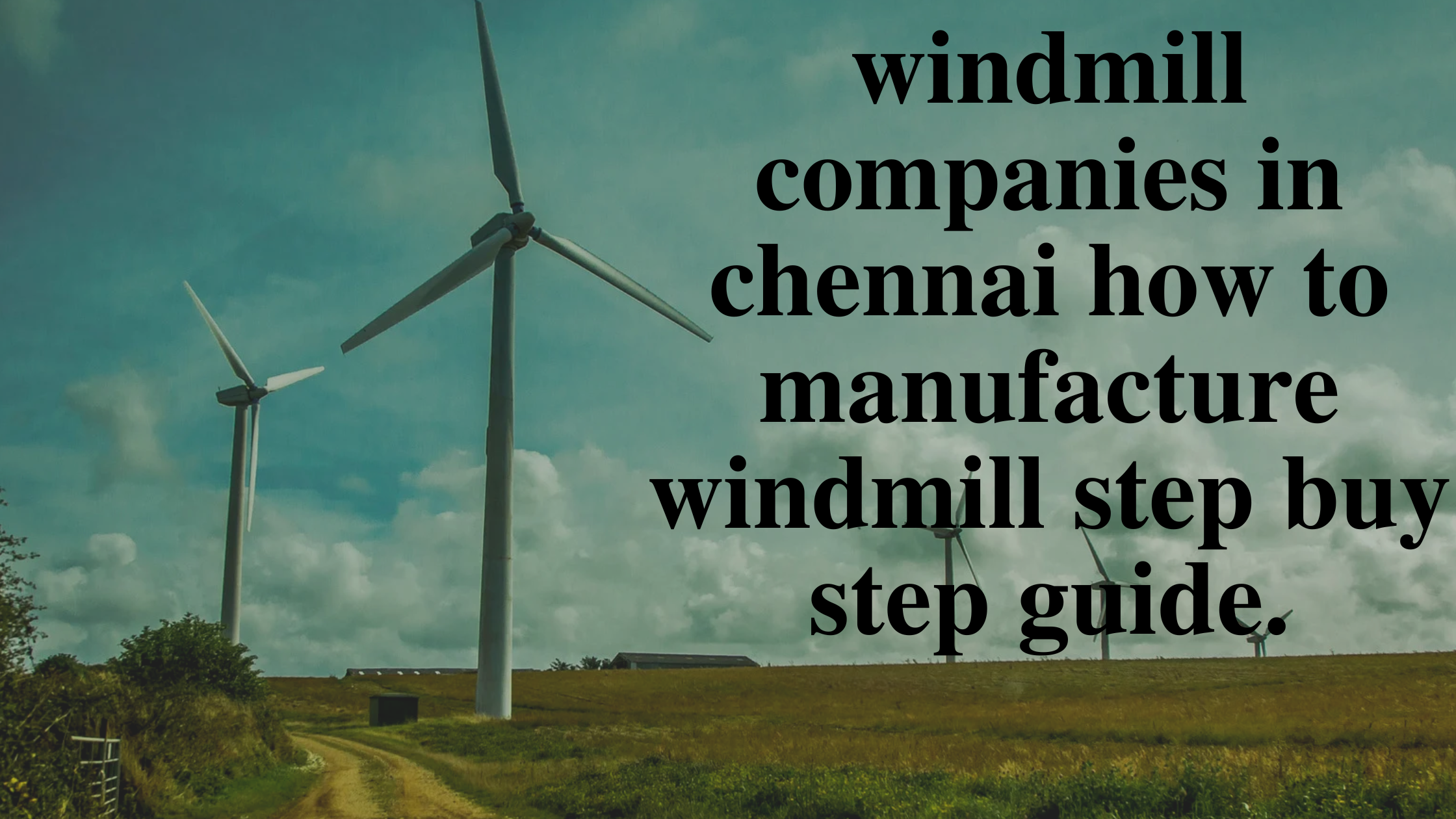- Step-by-Step Windmill Manufacturing Process
- 1 Design and Planning
- 2 Material Procurement
- 3 Blade Manufacturing
- 4 Tower Construction
- 5 Nacelle and Generator Production
- 6 Quality Control and Testing
- 7 On-Site Assembly and Installation
- 8 Maintenance and Monitoring
- Challenges Faced by Chennai’s Windmill Manufacturers
- Government Policies Boosting Wind Energy in Tamil Nadu
- Conclusion: The Future of Wind Energy in Chennai
1. Introduction to Chennai’s Wind Energy Landscape
Chennai, the capital of Tamil Nadu, is a hub for renewable energy innovation, contributing significantly to India’s goal of achieving 500 GW of renewable energy by 2030. Tamil Nadu leads the nation in wind power capacity, with over 11 GW installed as of 2023. The state’s coastal geography, consistent wind speeds (6–8 m/s), and proactive government policies have attracted global wind energy giants and local manufacturers alike. This article explores how Chennai-based companies manufacture windmills and their role in India’s green energy transition.

2. Key Windmill Companies in Chennai
Chennai hosts several multinational and domestic wind energy companies. Below are the key players:
| Company | Specialization | Location in Chennai |
|---|---|---|
| Suzlon Energy | Turbine design, installation | Sholinganallur |
| Inox Wind | End-to-end wind solutions | Guindy Industrial Estate |
| Vestas India | Offshore and onshore turbines | OMR (Old Mahabalipuram Road) |
| Siemens Gamesa | Hybrid energy systems | Ambattur Industrial Estate |
These companies leverage Chennai’s skilled workforce, port connectivity, and industrial infrastructure to manufacture and export wind turbines globally.

3. Step-by-Step Windmill Manufacturing Process
Windmill production involves precision engineering, advanced materials, and rigorous testing. Here’s a breakdown:
1 Design and Planning
- Aerodynamic Analysis: Engineers use software like AutoCAD and SolidWorks to design blades optimized for Chennai’s wind patterns.
- Site Assessment: Wind resource maps and land surveys identify ideal locations (e.g., coastal areas like Kayathar or Tirunelveli).
2 Material Procurement
Key materials include:
- Fiberglass/Carbon Fiber: For lightweight, durable blades.
- Steel Alloys: For towers and nacelles.
- Rare Earth Magnets: For generators.
Suppliers like Tata Steel and local composites manufacturers provide raw materials.
3 Blade Manufacturing
- Mold Preparation: Fiberglass layers are placed in epoxy-coated molds.
- Curing: Blades are heated in vacuum chambers to harden.
- Finishing: Sanding and coating with UV-resistant paint.
Example: Suzlon’s 120-meter blades undergo 48 hours of curing to ensure durability.
4 Tower Construction
- Segments of tubular steel (60–100 meters tall) are welded, galvanized, and painted to resist corrosion.
- Chennai’s proximity to Ennore Port facilitates seamless logistics for oversized tower sections.
5 Nacelle and Generator Production
- The nacelle houses the gearbox, generator, and control systems.
- Generators use copper coils and neodymium magnets for efficient energy conversion.
6 Quality Control and Testing
- Static Load Tests: Blades are subjected to 150% of operational stress.
- Nacelle Testing: Simulated wind conditions validate performance.
7 On-Site Assembly and Installation
- Foundation: Concrete bases (20–30 meters deep) are poured.
- Crane Operations: Towers, nacelles, and blades are assembled on-site.
- Grid Connection: Transformers and inverters link the turbine to power grids.
8 Maintenance and Monitoring
- IoT-enabled sensors track performance metrics like vibration and temperature.
- Annual inspections include lubricating gearboxes and replacing worn components.
4. Challenges Faced by Chennai’s Windmill Manufacturers
- High Initial Costs: A single 3 MW turbine costs ₹18–22 crore.
- Land Acquisition: Competition with agriculture and urban projects.
- Skilled Labor Shortage: Need for certified wind energy technicians.
5. Government Policies Boosting Wind Energy in Tamil Nadu
- Tax Incentives: 100% depreciation allowance for wind projects.
- Renewable Purchase Obligation (RPO): Mandates industries to source 15% energy from renewables.
- TEDA Schemes: Subsidies for small-scale wind farms in rural areas.
6. Conclusion: The Future of Wind Energy in Chennai
With advancements in floating turbines and AI-driven maintenance, Chennai is poised to become a global wind energy leader. Collaboration between manufacturers, policymakers, and R&D institutions will drive affordable and sustainable energy solutions.
